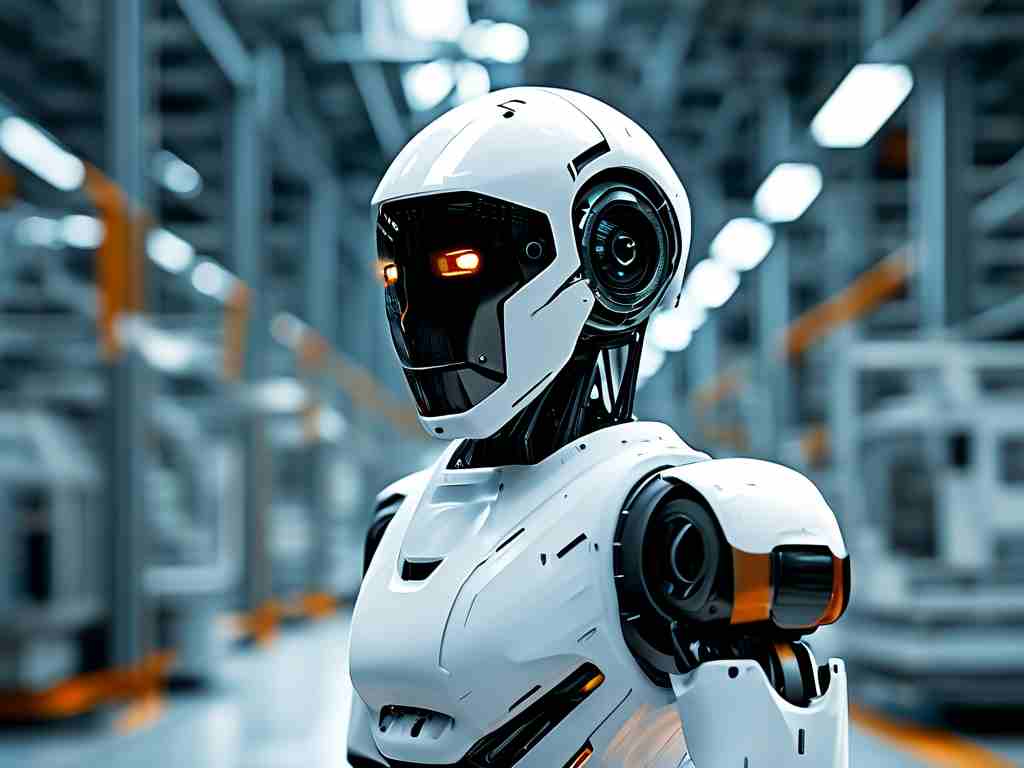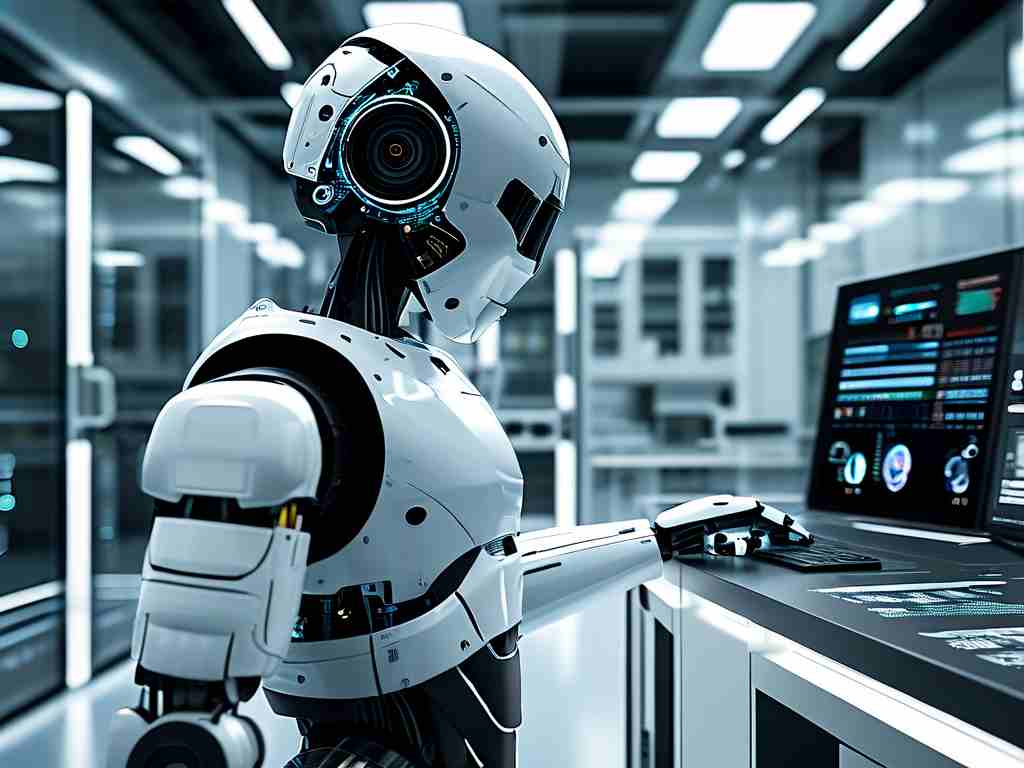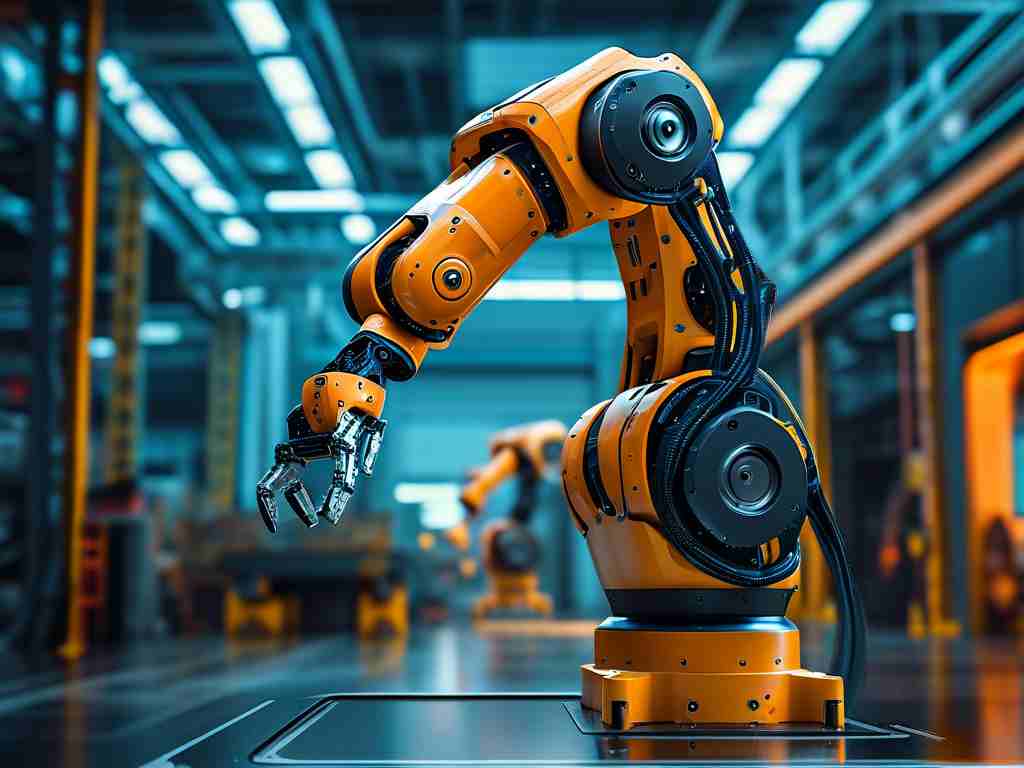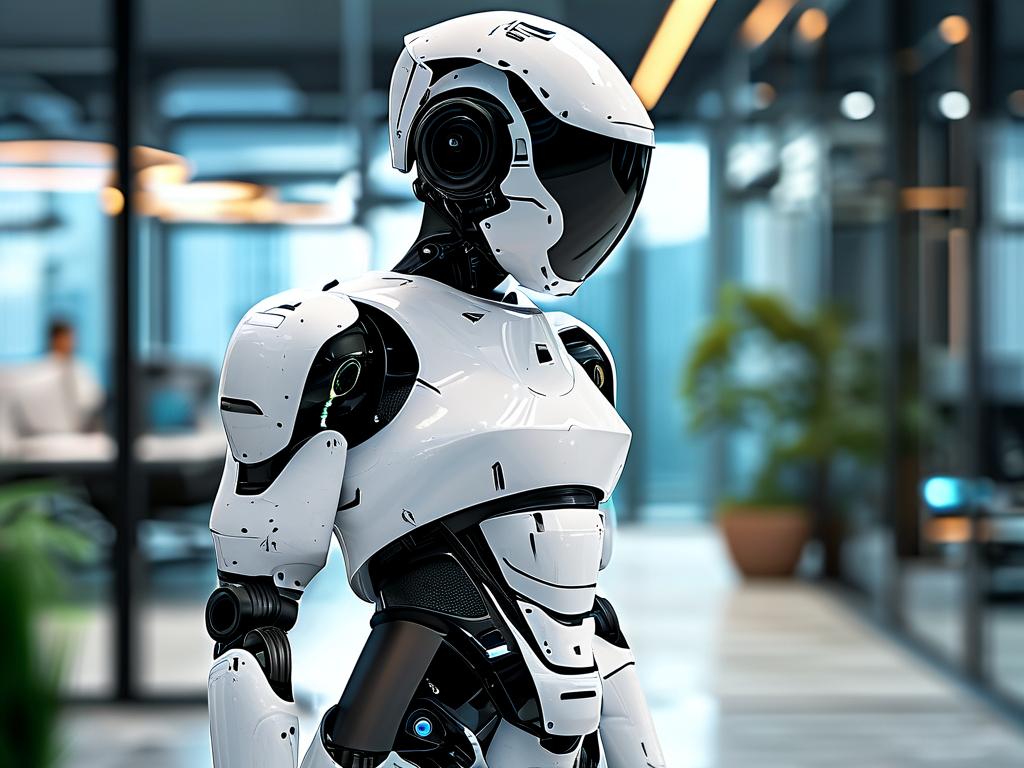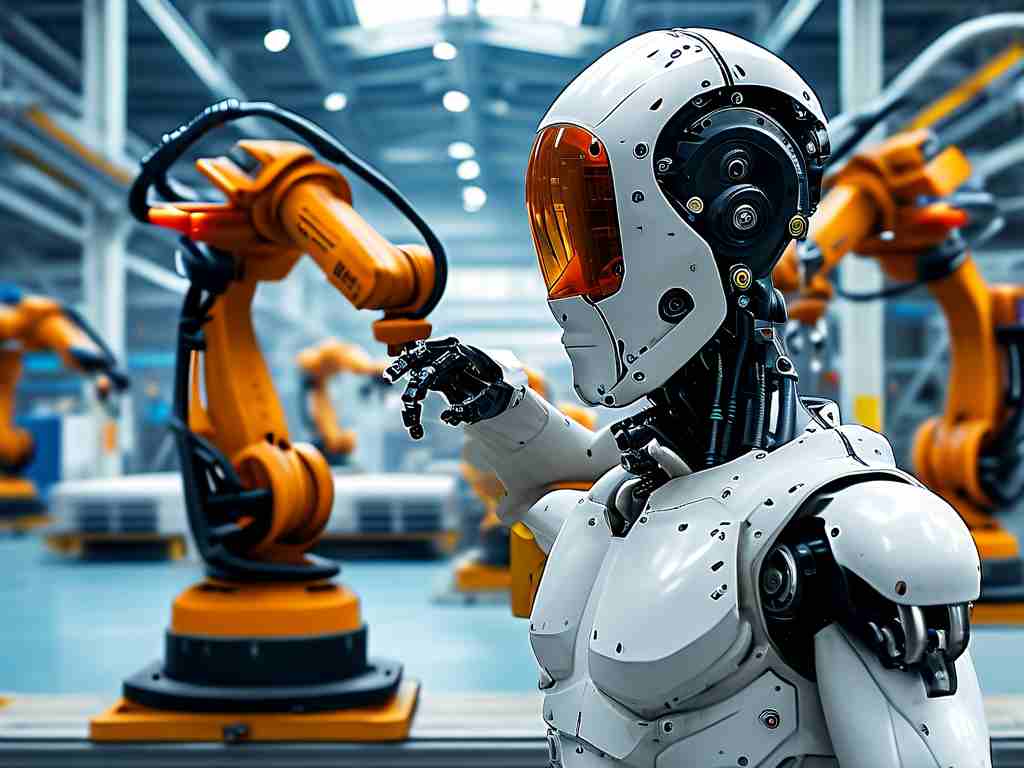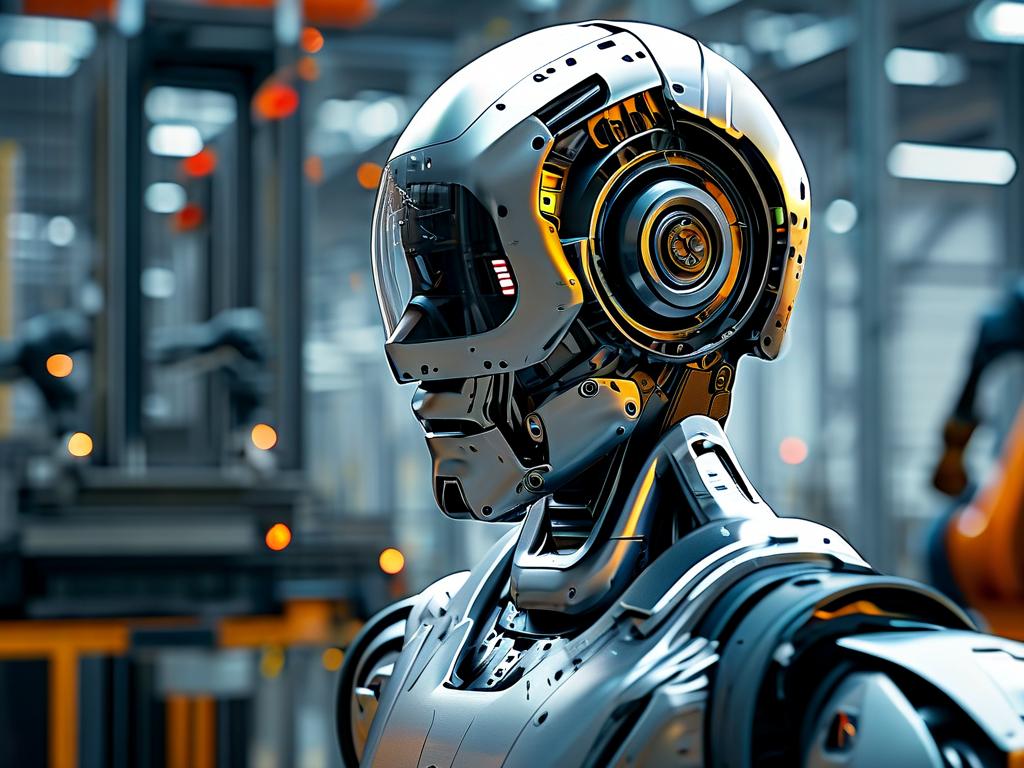The integration of artificial intelligence and robotics has reached a pivotal stage, with platforms like NVIDIA’s Isaac Robotics Platform leading the charge. Designed to accelerate the development and deployment of intelligent machines, Isaac combines simulation, perception, and decision-making tools to redefine automation across industries. This article explores how the platform bridges the gap between theoretical AI models and real-world robotic applications, offering insights into its architecture, use cases, and future potential.
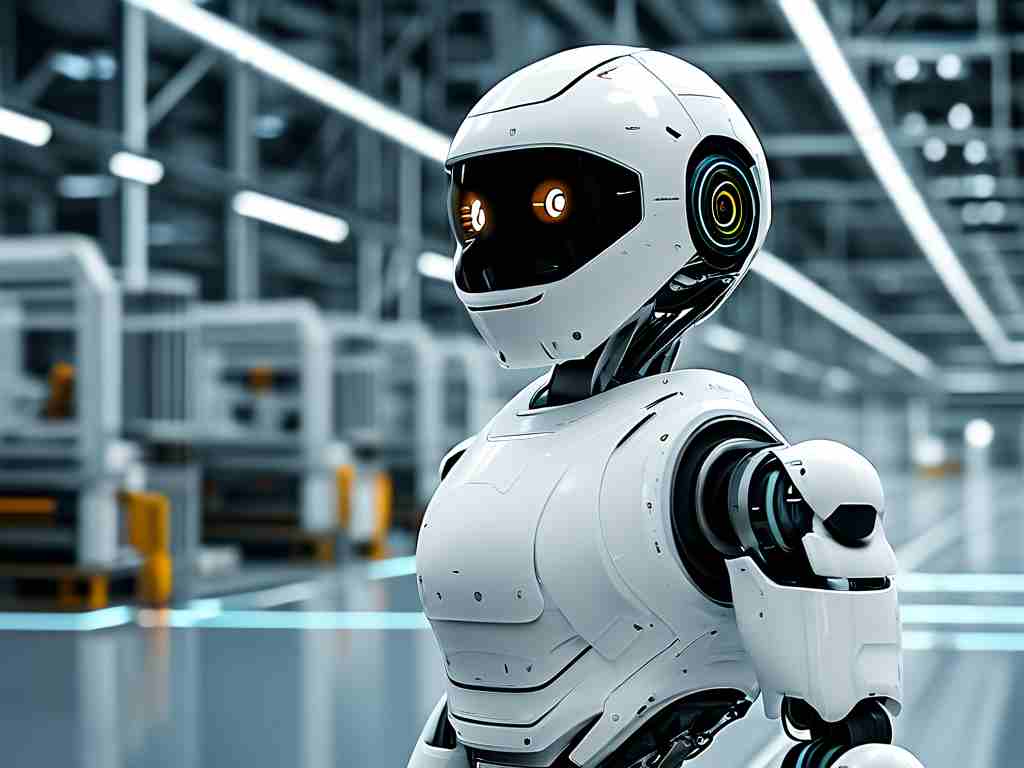
Core Architecture of Isaac Robotics Platform
At its foundation, the Isaac platform leverages GPU-accelerated computing to process complex sensor data in real time. Its modular design includes Isaac Sim, a photorealistic virtual environment for training robots, and Isaac SDK, a suite of libraries for perception, navigation, and manipulation. Unlike traditional systems that rely on predefined scripts, Isaac employs machine learning frameworks like TensorFlow and PyTorch to enable adaptive behaviors. For example, developers can train a robot arm to recognize irregularly shaped objects using synthetic data generated in Isaac Sim, significantly reducing physical prototyping costs.
A standout feature is the platform’s support for heterogeneous robot fleets. Whether coordinating autonomous mobile robots (AMRs) in a warehouse or swarm drones in agriculture, Isaac’s centralized control system ensures seamless communication through its ROS-compatible framework. Code snippets such as the following demonstrate how to program a basic navigation task:
from isaac import navigation robot = navigation.AMR(config_path="warehouse_config.yaml") robot.set_waypoints([(x1, y1), (x2, y2)]) robot.execute_mission()
Industry Applications and Case Studies
In manufacturing, companies like Siemens have deployed Isaac-powered robots for quality inspection. By integrating 3D vision cameras and edge computing nodes, these systems detect micron-level defects on assembly lines with 99.7% accuracy—a 40% improvement over legacy systems. Similarly, healthcare providers use the platform to automate logistics in hospitals, where robots transport lab samples while avoiding dynamic obstacles like gurneys or staff.
The agricultural sector has also benefited. John Deere’s experimental tractors, equipped with Isaac-driven autonomy, analyze soil conditions and optimize planting patterns using LiDAR and multispectral imaging. This reduces fertilizer waste by up to 25% while improving crop yields. Another breakthrough lies in disaster response: during recent flood simulations, Isaac-enabled drones mapped submerged areas and identified survivors 3x faster than human-led teams.
Challenges and Ethical Considerations
Despite its capabilities, the platform faces technical hurdles. Real-world noise—such as lighting variations or sensor drift—can degrade performance if simulation-trained models aren’t properly fine-tuned. NVIDIA addresses this through “domain randomization” techniques in Isaac Sim, which expose AI models to diverse virtual environments. On the ethical front, debates persist about job displacement in sectors adopting Isaac-driven automation. Proponents argue that the platform creates high-skilled roles in robotics maintenance and AI oversight, but policymakers must still navigate workforce transition strategies.
Future Directions
Upcoming updates to the Isaac platform focus on edge-AI integration. By embedding Jetson Orin modules directly into robots, developers can execute complex tasks like semantic segmentation without cloud dependency. NVIDIA also plans to expand its partner ecosystem, with tools for ROS 2 integration and digital twin synchronization. As quantum computing matures, future iterations may incorporate hybrid algorithms to solve optimization problems—such as route planning for delivery robots—in near-real time.
In , the Isaac Robotics Platform represents more than a toolkit; it’s a catalyst for reimagining automation. By lowering barriers to advanced robotics, it empowers enterprises to tackle challenges ranging from supply chain resilience to environmental sustainability. As the platform evolves, its fusion of simulation, AI, and scalable hardware will likely set new benchmarks for what intelligent machines can achieve.



